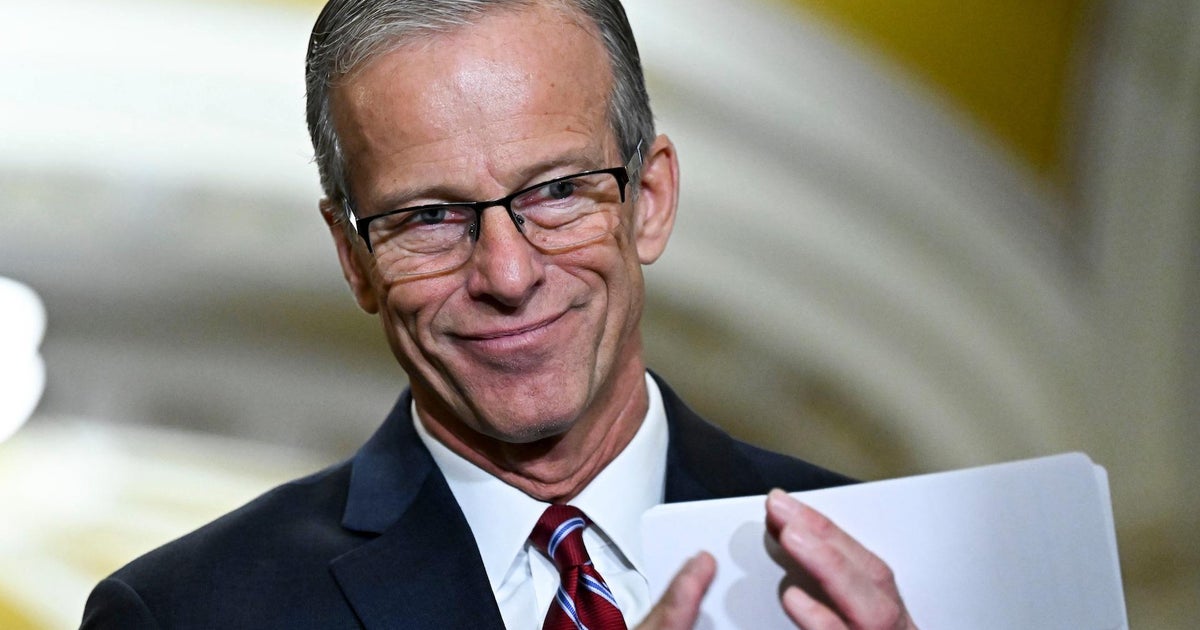Tax reform is going to be really, really hard
The fight to repeal Obamacare is over -- for now -- and Republicans have pivoted to the fight ahead on their tax proposal. But writing the legislation won't be their only challenge: lawmakers will face several big hurdles before they can produce a final bill.
Congressional Republicans have made clear that they want to rely on an approach which requires the fewest votes possible for passage in the Senate. So they'll again try to use the budget reconciliation process, which allows certain legislation to pass with 51 votes rather than the usual 60-vote threshold. The GOP used it to try to repeal the Affordable Care Act, but failed to attract enough votes, though they tried several times this year.
Getting tax reform done may be just as tough. As Sen. Bob Corker, R-Tennessee, aptly put it Wednesday, the battle over an overhaul of the nation's tax code will make the debate over health care look like "a piece of cake." He added, "If we do it the right way, it hasn't been done in 31 years," referring to the last time the tax code was rewritten -- under President Ronald Reagan, in 1986.
President Trump rolled out the details of his tax plan in Indiana Wednesday, and GOP leaders talked up the proposal at a joint press conference at the Capitol. The goal is to narrow the number of individual tax rates and tax deductions and to lower corporate taxes. The White House says it will be revenue-neutral -- that is, the plan will neither increase nor decrease revenues -- but only when economic growth is taken into account.
While the conservative Freedom Caucus -- which doesn't always endorse leadership's plans -- endorsed the tax framework, internal party divisions over the substance will almost certainly remain an issue. Corker, for example, said he doubts any legislation that adds to the deficit will pass, and he would oppose such a bill. Many prior reconciliation bills signed into law have reduced the federal deficit, but some, like the tax cuts passed under President George W. Bush in 2001 and 2003, increased it.
Adding to possible rifts within the GOP over the policy itself, the legislative steps needed to get a tax reform bill to Mr. Trump's desk will make it an even heavier lift.
Reconciliation is a confusing, complicated, multi-step process that ultimately allows for fast-track consideration of changes to mandatory programs or federal revenue. First, at the committee level, both the House and Senate Budget Committees must each pass a budget resolution with instructions for relevant committees to craft reconciliation legislation. The House panel has already done so -- with unanimous Republican support in July. The next stop is a vote on the House floor. The Senate panel has not passed its budget resolution out of committee yet.
Rep. Diane Black, R-Tennessee, the chairwoman of the House Budget Committee, said Wednesday that the House blueprint passed in July is "the most conservative" considered by her panel in 20 years, and passing it on the House floor is the "key" to unlocking the process.
If and when both chambers are able to pass a budget resolution, if they contain different language or policies, lawmakers will have to iron out those discrepancies in a conference committee. Once the committee produces a resolution both sides agree on, the House and Senate must vote on that new version.
The resolution that passed out of the House Budget Committee over the summer contained reconciliation instructions that said tax reform would be revenue-neutral. The Senate, on the other hand, may consider instructions that would result in the loss of $1.5 trillion in revenues over a decade. If that's the case, and the chambers pass different versions, the House and Senate would need to go to conference.
If the resolution that initially passes both houses is identical, lawmakers can move straight to the authorizing committees in the House and Senate that have received reconciliation instructions to create a reconciliation bill -- in other words, the tax reform bill. Then, once the relevant committee or committees produce the legislation -- in this case, it would be the Finance Committee in the Senate and Ways and Means in the House -- the bills move on to the Budget Committees again.
Ultimately, the full House and Senate will vote on the reconciliation bills produced by their respective committees. If they pass the measures, and they are different, both chambers will again have to reconcile those differences and vote on a final version. If they're the same, the measure can go to the president's desk.
All of these steps create major obstacles for Republicans, similar to those as they faced on health care. And just as they found during their attempt to repeal the ACA, their slim margin in the Senate -- 52 seats -- adds yet another roadblock.
Here's a chart illustrating what the House and Senate reconciliation process:





